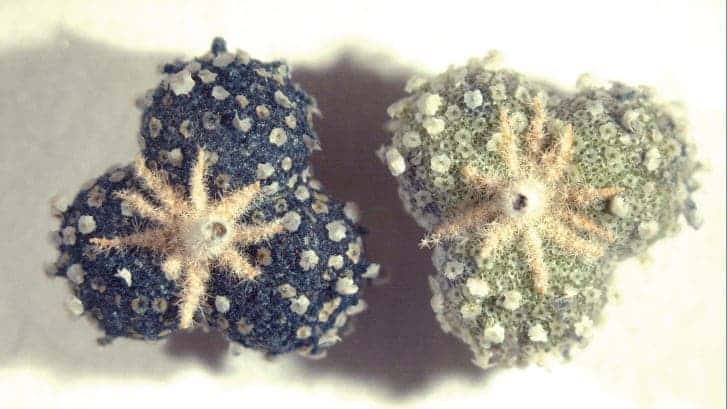It took a multidisciplinary team of researchers, old recipes, and a journey to rural Portugal to determine the source of the elusive color.

The color blue has a surprisingly long history behind it. For millennia, producing the color blue has been a challenging and elaborate process. Several types of blue have fascinated researchers, but the recent study focused on one particular hue.
The color is called folium, and it was used as early as 1,000 years ago, especially in illuminated manuscripts.
Illuminated manuscripts were hand-made books, typically religious (Christian), produced in Europe until 1,600 or so. They are called this because they feature gold and silver, used to illuminate the accompanying text and illustrations.
To figure out how the folium color was produced, a team of chemists, conservationists, and biologists teamed up and focused on an unassuming plant found in a walled village in Portugal.

Medieval manuscripts credit a plant called Chrozophora tinctoria as the natural source of color for blue and purple dyes.
The books describe the plant, when it should be collected, and how it can be processed into a useful dye — but the dye had not been recreated since the 19th century when it quickly fell out of favor.
Knowledge was lost on how to extract the blue color from C. tinctoria”, the study reads, “but it was recovered through research on medieval written sources on the art of painting, in particular, the art of illuminating books. Following medieval instructions, only the fruits were collected between July and September, and care was taken to not grind the seeds that are found inside.”
Guided by a botanist, the team found the plant in the Portuguese village of Granja, although villagers were completely unaware of it. When it was time to pick them, they did so and started reproducing the pigment.
The medieval recipe turned out to be very useful, and researchers also used a combination of analytical methods to isolate the dye’s chemical structure, successfully reproducing the color found in medieval texts.

Furthermore, the resulting dye isn’t similar to those extracted from other blue flowers or fruits, and it’s also not an indigo dye — it’s an entirely new class of dye.
Researchers are now studying more characteristics of this paint, analyzing how to make it last forever — or at least, as long as possible
“Thus, we believe that this will be not our final word on this amazing plant and its story and that further discoveries will follow soon,” the study concludes.
The study was published in the journal Science Advances.
Was this helpful?



